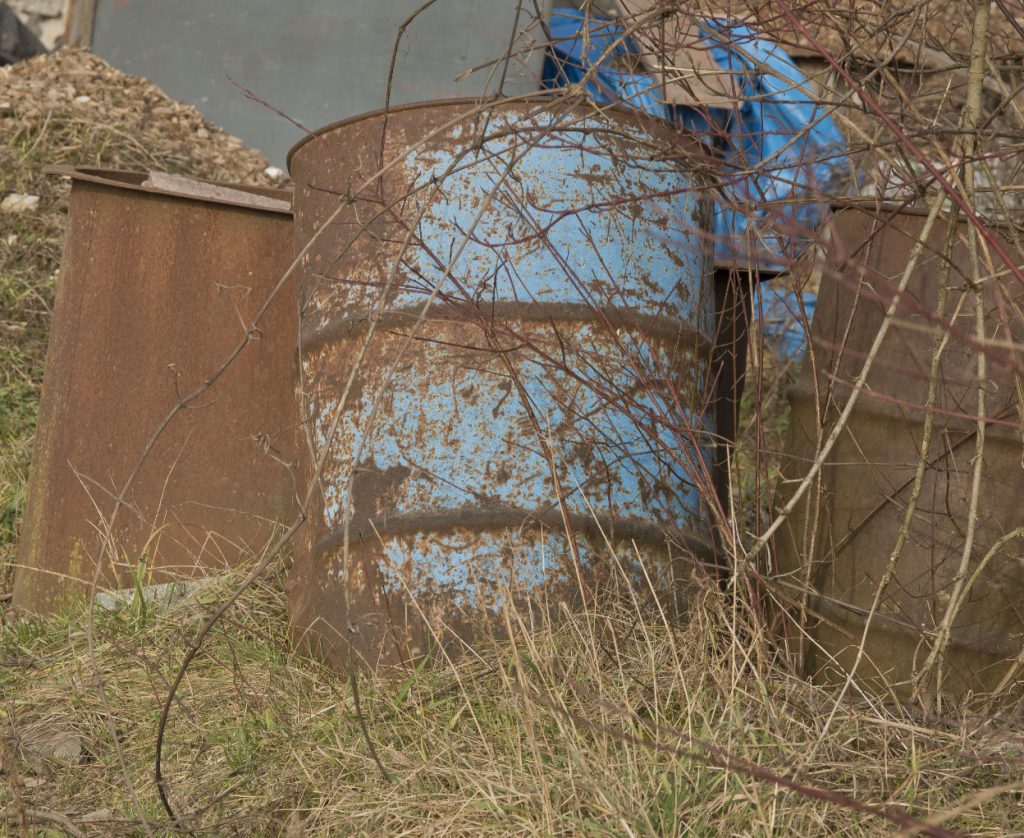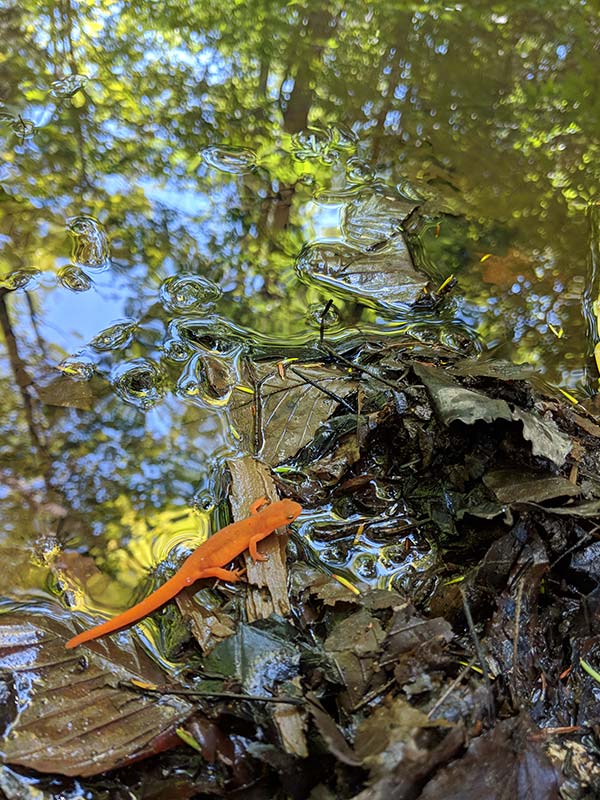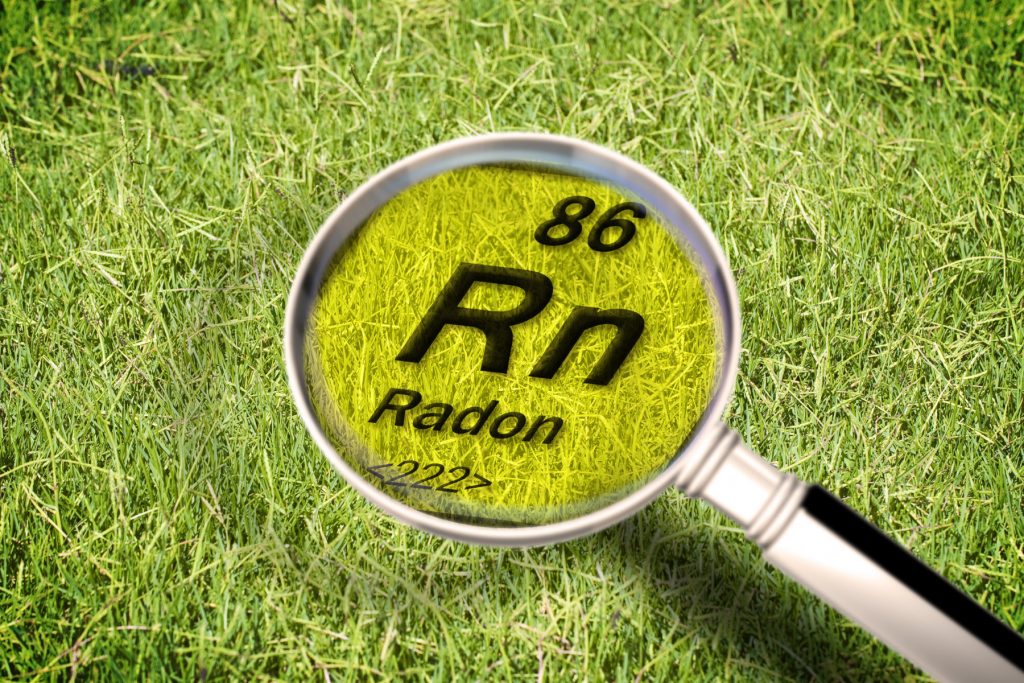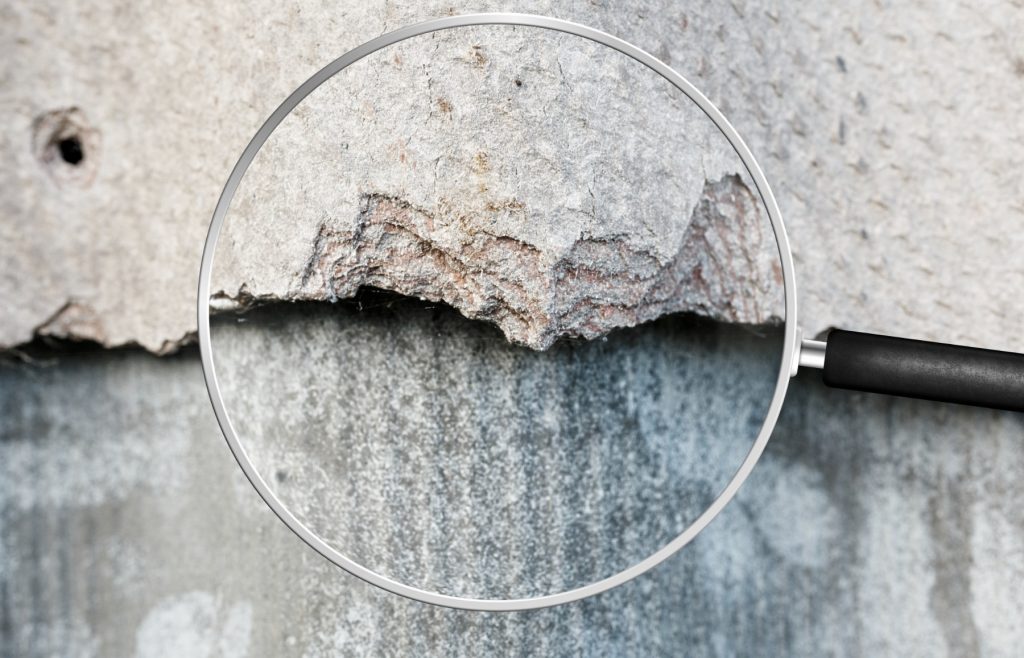What Is Environmental Due Diligence?
Environmental due diligence is the process of assessing real estate for any potential risk of environmental contamination. The process of environmental due diligence evaluates properties for conditions such as the presence of hazardous materials or petroleum contamination and contaminants in the groundwater or soil of the property.
Environmental due diligence is an essential process for anyone looking to buy a property, whether commercial or residential. Hidden environmental liabilities are a massive and expensive problem that you can face when purchasing a property that has not been evaluated for environmental due diligence; before making any large real estate transactions, make sure to understand the importance of this process.

When Is Environmental Due Diligence Required?

Lending institutions typically require environmental due diligence before they will finance a real estate purchase, refinance an existing loan, or accept collateral for a construction loan. Environmental due diligence is also often required by public agencies before they release grant funding for projects related to real estate developments and improvements; nonprofits acquiring land gifts or purchasing real estate for conservation efforts also benefit from the environmental due diligence process.
Who Benefits from Environmental Due Diligence?
Anyone purchasing or acquiring real estate can benefit from environmental due diligence, even if a lending institution is not involved in the transaction. The process reduces the chances of inheriting environmental conditions created by the former owners; it also provides an essential legal defense should issues arise.
How Does Environmental Due Diligence Protect You?
If environmental due diligence is performed before purchasing a property, the purchaser can gain protection from being held accountable for any pre-existing environmental conditions associated with the property according to the Comprehensive Environmental Response, Compensations, and Liability Act provisions. If this process is not completed, the new owner can be held responsible for repairing the contamination.
Environmental Due Diligence Processes and Reports
Phase I Environmental Site Assessment (ESA)
The Phase I Environmental Site Assessment is the standard used to evaluate environmental liability associated with the transaction of real estate. Conducting an ESA before purchasing a property determines whether or not there is an environmental liability with the land. By having an ESA performed, the purchaser may qualify as an innocent landowner or contiguous owner according to CERCLA regulations; this helps the purchaser avoid being liable for any environmental contaminations on the property.
Phase II Environmental Site Assessment (ESA)
The purpose of a Phase II ESA is to evaluate the presence or absence of petroleum products or hazardous substances in the subsurface of the property based on recognized environmental conditions identified in the Phase I. No two Phase II ESAs are alike because not all properties are the same and not all facilities have the same recognized environmental conditions. What all Phase II ESAs have in common is that they include sampling and laboratory analysis.




